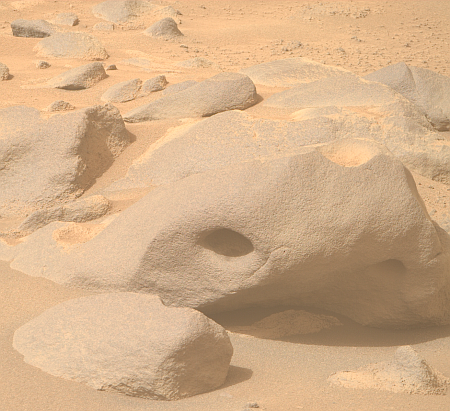NASA revealed today that Switzerland will become the 37th nation to sign the Artemis Accords in an official ceremony on April 15, 2024.
With this signing, these are the members of the American alliance: Angola, Argentina, Australia, Bahrain, Belgium, Brazil, Bulgaria, Canada, Columbia, Czech Republic, Ecuador, France, Germany, Greece, Iceland, India, Israel, Italy, Japan, Luxembourg, Mexico, the Netherlands, New Zealand, Nigeria, Poland, Romania, Rwanda, Saudi Arabia, Singapore, South Korea, Spain, Switzerland, the United Kingdom, the United Arab Emirates, the Ukraine, the United States and Uruguay.
The NASA press release is revealing about the goals of this alliance, under the Biden administration, both by what it says and what it does not say:
The Artemis Accords reinforce the 1967 Outer Space Treaty as well as the commitment by the United States and partner nations to the Registration Convention, the Rescue and Return Agreement, as well as best practices and norms of responsible behavior that NASA and its partners have supported, including the public release of scientific data.
When established by the Trump administration, the accords were not intended to “reinforce the 1967 Outer Space Treaty.” The accords were intended to create an alliance that would have the political clout to overcome that treaty’s limitations on establishing a private property legal framework in space. Right now the treaty seriously impairs investiment because no company has any assurance it will own any piece of ground it occupies.
The press announcement makes no mention of private enterprise, and implies that the Biden administration is aggressively working to eliminate that goal, and instead use the accords as a way to strengthen government control in space.
Under these circumstances, I wonder why China and Russia haven’t signed on as well.












